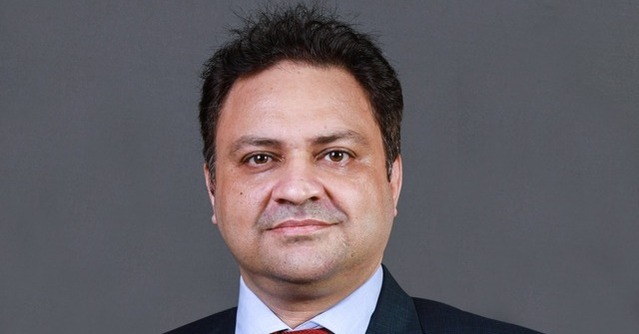
Our tech budget rises steadily at 5-10% every year: Bharti AXA Life Insurance CTO


While the insurance sector remained quite a laggard when it comes to technology adoption with its heavy reliance on legacy systems and clunky paperwork, changing customer needs, and a shift towards personalized and on-demand service is reshaping the sector in recent years. Mumbai-based insurance services provider Bharti AXA Life has been focusing on digital transformation in every aspect of business - right from pre-sales to sales and on-boarding, customer servicing and retention. In an interaction with TechCircle, Pankaj Gupta, Chief Technology Officer at Bharti AXA Life Insurance, talks about the company’s focus on new technologies, areas of tech investments and more. Edited excerpts.
What are some of the key technologies that are shaping the insurance sector today?
The past few years have seen the emergence of core technology trends that are affecting nearly every industry and insurance is no different. With the ever changing customer expectations, new innovative business models and partnerships, insurance sector is seeing a considerable increase in technology spends. Technologies including applied artificial intelligence (AI) and machine Learning (ML) for advanced analytics and hyper-personalization, use of low code platforms, generative AI, big data architectures and cloud, among others, are drawing attention to every life insurer I believe.

How is your tech budget changing over the last few years?
Insurers consider technology as a strategic investment as they continue to accelerate their digital transformation. For us, technology budgets continue to increase every year steadily at 5-10% Y-o-Y. With increased focus on cybersecurity, compliance, cloud adoption and digital transformation we will continue to make more investments in these areas.
What are the hiring and upskilling plans for your IT workforce in the next 1 year?

Our technology in-house team is a 60-member team comprising of project and program managers, scrum masters, business analyst, quality and assurance (QA) leads, team leads and architects. Currently there is no plan to expand the team in this fiscal, however continuous learning and up-skilling is part of the agenda where a number of training programs, courses on product management, Agile, DevOps/Cloud et. are being offered to team members followed by opportunities to work on relevant projects
Can you please highlight any initiative where tech as an enabler helped improve the business revenues or CX for the company?
We have several new and ongoing projects every year to enhance CX, which is at the core of our brand strategy. This year, we rolled-out ‘Project Servottam’ which enabled a 360-degree transformation of physical services into digital services. It allowed customers to easily update their contact details and undertake other policy-related tasks such as switching funds, surrendering their policy, and applying for a loan through DigiServe - the company's customer-centric portal. For this we built a low code CRM solution for omni-channel experience along with creating intuitive mobile app for Self-service. Besides, it offered front-desk employees a single-screen view of customer and policy information, enabling them to provide timely and efficient service to customers. This has led to 33% decrease in the time required to serve a single customer and made a significant impact in moving the Net Promoter Score (NPS) from 28 to 50+.

On a scale of 1 to 10 where 10 is high and 1 is low, where would you put your organization in terms of digital transformation journey and how did you achieve that?
We would most likely rate ourselves 7.5 in terms of organizational maturity of digital transformation. Digital transformation is an organizational agenda and required top down sponsorship and support with clear linkages to business strategy or goals and associated KPIs. Creating squads of cross-functional teams, practicing agile approach to Digital product management in a two-speed architecture context along with using cloud native technologies, AI and application and data platforms has really helped us to achieve digital transformation. Regular monitoring and governance benefits achieved from digital transformation has helped us re-validate our strategy and make course corrections.
If we look at competitor benchmarking, which are the key technology areas that you see you need to pull up?

With respect to competition benchmarking, we are constantly evaluating our plans and need to further accelerate our focus on scaling up the use of AI and analytics across the value chain in order to leverage greater insights and actionable from the data.
Which areas in technology are going to be your focus in the next one year?
In FY23-24, we are focusing on implementing re-imagined processes using low-code platforms for enhancing customer experience and operational efficiency by accelerating cloud migration. Further, we will revamp our customer communications and engagement using marketing automation technologies for higher conversions and retention.

